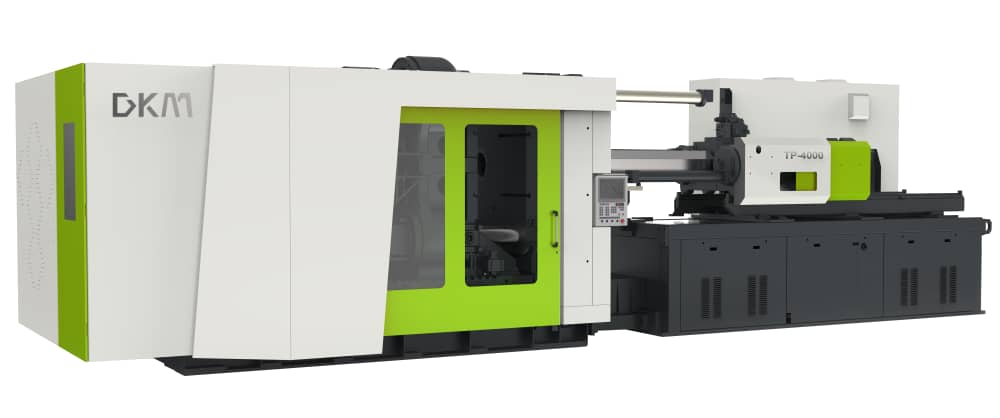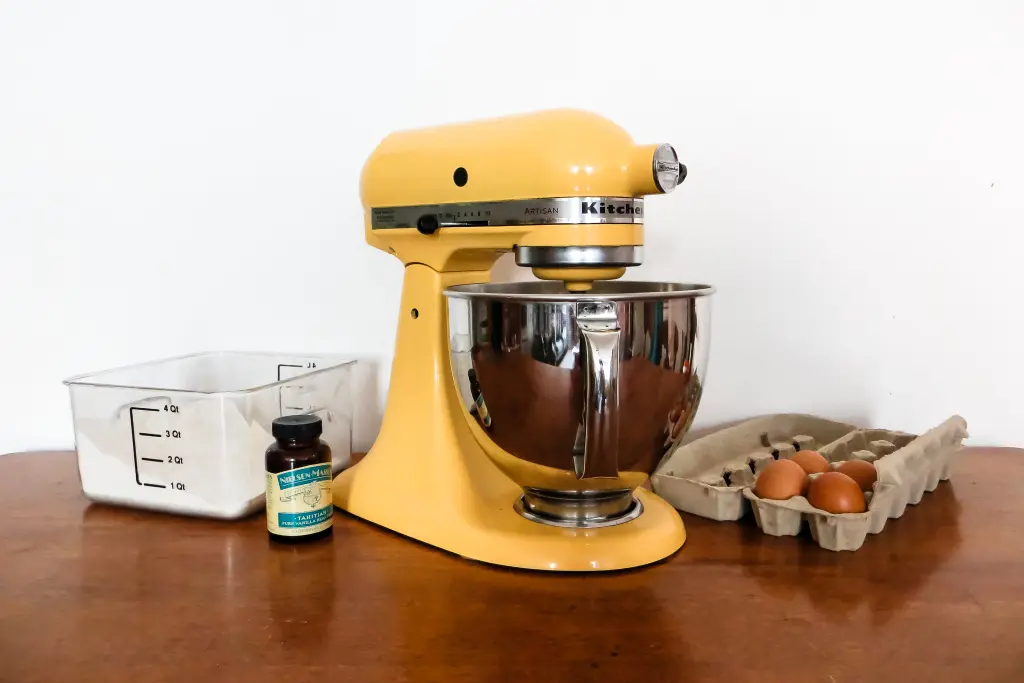Over the past few decades, technology has advanced to the point of instantaneous response and data transmission. Emails can be sent across the world in milliseconds, and people in different countries and time zones can converse through the power of cell phones.
Police officers can be notified of an individual’s location at the click of a button, and ambulances can be on their way to the scene of an emergency within seconds of its occurrence. Hospital residents and out-patients can program alarms to remind themselves to take certain medications.
As technology has advanced, so have solutions for medical alerts. Below are some of the roles that technology can play in medical alert improvement.
Cell Phone Apps Can be Used to Track Medical Needs and Concerns
One way that technology has improved modern methods for medical alerts is through cell phone apps. As of 2022, there are over 5.7 million apps available for download–350,000 of which are health-related–making cell phone apps a great option for medical alerts.
Private Health Data
Cell phone apps can be used to track and manage personalized health data. Individuals can input their symptoms on a weekly, daily, or even minute basis and refer back to the data in a time of need. Certain apps can analyze that data and provide statistics and tips based on the symptoms described by the user.
Symptom Analysis
Cell phone apps can be used to analyze and manage symptoms. For individuals who have yet to be diagnosed, certain apps can help speed up the diagnostic process by finding common ground between specific symptoms and offering helpful suggestions based on a catalog of hundreds of thousands of health conditions.
Health Education
Cell phone apps can also be used simply to educate. When it comes to health, staying educated
and aware is crucial. Patients, family members, and friends alike can download cell phone apps in order to stay updated and educated about the latest health recommendations for their specific situation, location, and age group.
Connected Watches & Devices Can Be Used to Proactively Detect Issues, Automatically React to Potential Emergencies and Suggest Precautions
One of the most innovative ways that technology can be used to improve medical alert solutions
is through apps, wristwatches and other wearable devices. Watches powered with innovative health apps–including Fitbits, smartwatches, and apple watches–as well as specialized devices can monitor all kinds of safety data and assist individuals with daily healthcare concerns.
Movement Detection
Health watches–particularly fitness trackers and customized wearable safety devices–are extremely beneficial in that they can detect the user’s movement. While phones may not always
be on-hand, watches and other wearable devices are typically worn 24/7, often featuring tools that specialize in movement detection. Because of this, these devices are ideally suited to track and monitor movement to promote better health, but also to detect abrupt stops, crashes, and even falls, and they can be programmed to contact professional monitoring centers and loved ones in the event of an emergency.
Medical Detection
Wearable devices supported by powerful apps don’t just detect external movement–they can also monitor internal health symptoms, including heart rate, blood pressure, respiratory rate, and sleep quality. This can help with data tracking as well as prevent medical disasters with physical indicators. Certain medical situations that can be predicted and prevented using smart devices include heart attacks, aneurysms, heat stroke, hyperventilation, and more. There are even discrete wearable devices that provide two-way communication allowing a user to proactively engage with help through the push of a button or if a fall is detected.
Health Suggestions
Because of their ability to track external and internal movement as well as health data, smart devices such as watches or other wearables can also be customized to provide specific health suggestions based on the situation. For example, if an individual is overexerting themselves, watches can detect those indicators and alert their users to take a break, drink water, or eat a snack.
Proactive Alerts Related to Medication and
Medical Needs
Apps with connected devices are extremely versatile in their uses, especially when it comes to the medical field. One way that they have enhanced the way individuals manage their medical alerts is through customizable alarms, reminders, and to-do lists. Many devices and apps on the market have apps with built-in features such as alarms, reminders and checklists, and some can even call you to remind you if you have missed a scheduled event.
Alarms
Alarms are one of the best and most commonly used ways for individuals to keep track of their health needs. Most alarm apps include alarm labels, meaning that each alarm can be labeled with a specific reminder. For example, health-related alarms may include medication reminders (“take 10g of zoloft”) and activity reminders (“exercise for 30 minutes”). Innovative solutions can provide solutions to call you through a specific device, or through any selected channel (text, sms, etc) to remind you if you have missed the event – keeping you on track and helping to improve overall health.
Reminders
Phone reminders are one way that individuals can utilize technology to suit their health needs. Reminders are similar to alarms in that they can alert a person at a specific time during the day with a detailed description of what they need to do. What sets reminders apart from alarms is the type of notification the individual will receive; reminders are typically brief pop-ups, while alarms are loud, ringtone-like announcements that require dismissal. Advanced technology can even call you to remind you if you have missed the reminder – either through your phone, or directly through your connected device.
Checklists
Most smartphone apps offer a checklist tool that can be displayed as a widget on the home screen and connected to a calendar for optimal accessibility. Checklists are a great option for individuals who need to complete certain health-related tasks each day (or on a regular basis, such as weekly or monthly), but not necessarily at a specific time during the day.
Artificial Intelligence Can be Used to Predict and Prevent Medical and Physical Catastrophes Before They Occur
In recent years, artificial intelligence has become increasingly popular in app development and daily life. Artificial intelligence, though not always as reliable as a good old-fashioned human opinion, can access a virtually infinite data source–the Internet–and use that data to make predictions and relevant suggestions.
Smart Reminders
What sets AI reminders apart from regular reminders? AI reminders are automatically generated
reminders based on observed patterns. If an individual schedules a reminder to take their
medication at 10 AM Monday through Thursday, but not on Friday, an AI reminder will acknowledge this pattern and not have a reminder on Friday.
Trend Analysis
Modern medical alert solutions use AI to develop trends for a variety of issues, from movement analytics to fall detection. It can detect a potential health issue using movement trends to alert loved ones if movement is typically detected by 9 am, but for several days the first movement only takes place at noon. Similarly, advanced trend analysis using population data may indicate that if a person has fallen more than once a week for several weeks, it may indicate that a more serious issue may be on the horizon. Understanding and analyzing these trends can help prevent major health issues, and improve overall health.
Intuitive Questions
One of the most recent advancements in artificial intelligence is its ability to engage with users proactively and cost-effectively, supplementing real human interactions. If an individual suffers from a chronic illness or displays symptoms of drowsiness, artificial intelligence tools can be programmed to ask questions like “How are you feeling?” or “Need a Break?”. This can provide numerous health benefits, including engaging with patients to keep them on track with their daily health plans.
What role do friends and family play in all of this?
As important and beneficial as technology is in providing medical alerts, friends and family still play a crucial role–a human role, that even the best and most advanced technology can’t replace.
Emotional Support
Friends and family members of individuals with illnesses, who live alone or are of advanced age can support their
loved ones emotionally. Although a watch may be able to detect blood pressure and heart rate,
it cannot necessarily detect emotional struggles, such as grief, self-doubt, and even forgetfulness. It is the role of the individual’s care circle to partner with them and look out for signs of emotional need, and use the data insights gathered by smart devices and apps to supplement and be an integral part of the overall health plan.
Consistent Involvement
In order to be able to notice signs of physical or emotional struggle, family members and friends should stay consistently involved in their loved ones’ lives. Technology can support these interactions with automated touchpoints and reminders when real-time communication with family members is not possible.
Consistent involvement can help them pick up on subtle but repetitive symptoms of undiagnosed mental or physical illnesses in their loved ones, and sharing information gathered from personal health apps and devices can help.
Professional Referrals
No matter how much support one offers as a friend or family member, some situations require professional attention. If an individual appears depressed, suicidal, withdrawn, or displays symptoms of any life-threatening illness, friends, and family should refer the individual to a professional, assisting them in setting up doctor’s appointments, therapy sessions, and whatever else may be necessary.








Comments on “Modern Solutions For Medical Alerts”
Comments are closed.